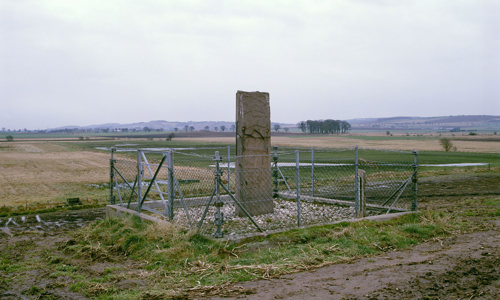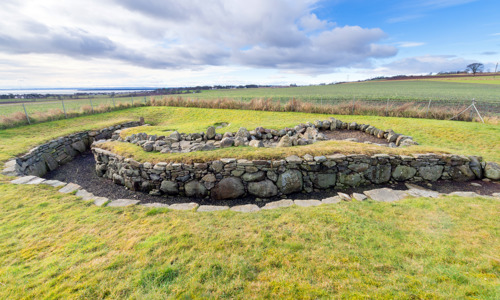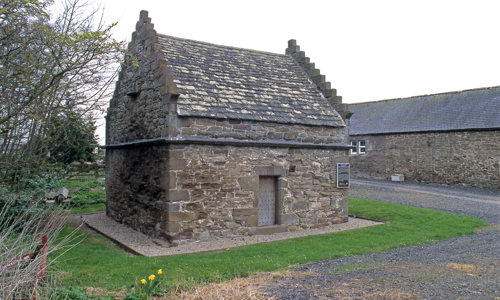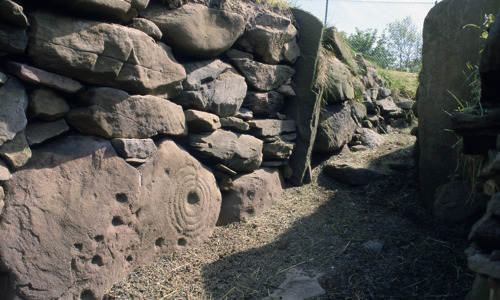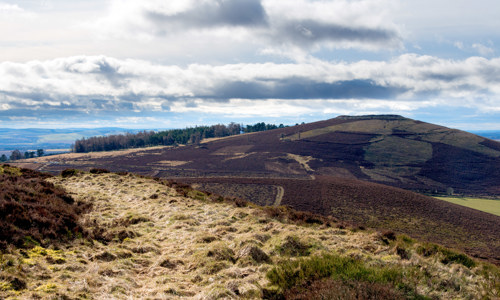History
Restenneth Priory lies at the heart of the old Pictish kingdom. It has been identified as Egglespethir, where King Nechtan had a church built in about 710 AD.
In that year Nechtan wrote to Coelfrith, abbot of Monkwearmouth in County Durham, seeking instruction in the Roman Faith and assistance in building a stone church. Nechtan also asked for stonemasons to come north to build a stone church, which he would dedicate to St Peter ‘the most blessed of the apostles’.
As a result, St Boniface embarked on his mission, founding the earliest churches in Pictish lands. Only archaeology can perhaps reveal whether Restenneth was in fact ancient Egglespethir.
The medieval monastery
Restenneth Priory appears to have been founded in the early 1100s, although we don’t know by whom. Alexander I is said to have transferred the annals of Iona to the church here. The earliest dateable masonry, found at the bottom of the tower, shows there was a church here by his reign, from 1107-24.
Alexander’s younger brother David I (1124-1153) is said to have established the priory of Augustinian canons, which later became a daughter house of Jedburgh Abbey. The priory suffered badly during the Wars of Independence with England in the early 1300s. By 1501 there were just two canons in residence.
King Robert I ‘The Bruce’ buried his infant son John, twin of David II, here in the early 1300s.
Three periods of construction are evident in the splendid 14m high church tower. The first 3m is the oldest part of the church, and was likely built as a tower porch in about 1100. The tower was heightened later in the 1100s, and its octagonal splayed-foot spire was likely added in the 1400s.
The lowest, earliest portion is similar to the tower porch built at Dunfermline Abbey by Malcolm III and Queen Margaret.
The remainder of the church – its aisle-less choir and nave – dates from the 1200s.



